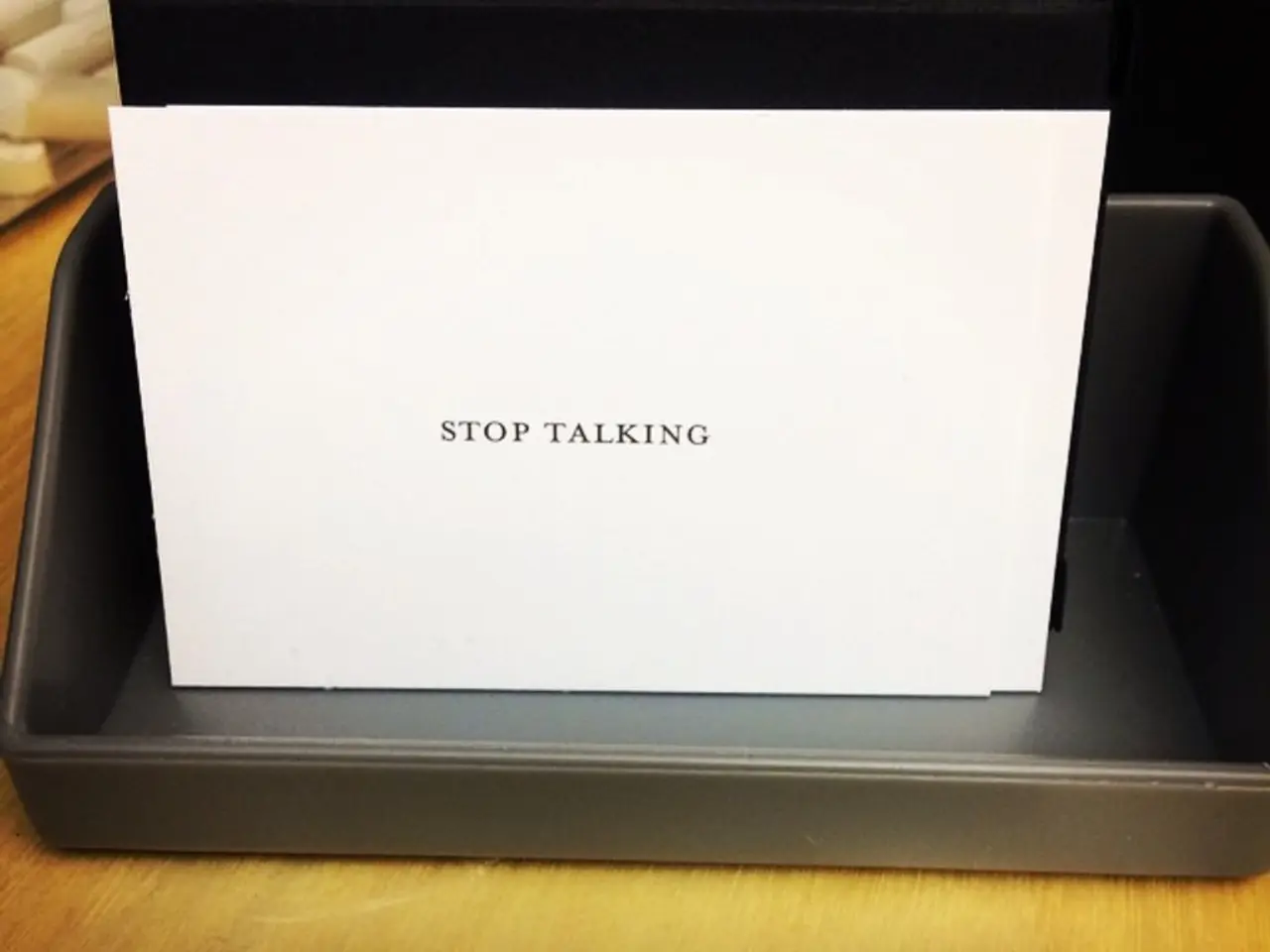Bunion Issues: Root Causes, Signs, and Remedies
Bunions, a common foot deformity, are characterised by a bony bump that forms at the base of the big toe. This condition, medically known as hallux valgus, can cause discomfort, pain, and difficulty walking.
Bunions often run in families, indicating a genetic predisposition to the deformity. Inherited foot structure, where the bones of the big toe shift inward, is a key factor. External factors, such as tight or ill-fitting shoes, also contribute significantly to bunion formation, particularly during adolescence when the foot is still developing.
To help prevent bunions or stop them from worsening, it's recommended to wear properly fitting shoes with a roomy toe box, avoid shoes with pointy toes and high heels, and consider using custom shoe inserts or orthotics to distribute pressure more evenly and support proper foot alignment. For those with a family history or early signs of bunions, regular foot checkups with a podiatrist can help monitor and manage foot health.
Treatment approaches vary depending on severity and patient age. Conservative treatment for adolescents and adults typically starts with changing to more comfortable footwear, using pads or cushions to reduce pressure, and possibly custom orthotics to ease joint stress. When bunions cause persistent pain or interfere with walking, surgical options may be considered, although conservative management remains preferred initially.
In adolescents, minimally invasive surgery with small incisions can realign the bones near the big toe joint with less tissue disruption and quicker recovery than traditional open surgery. Adults with advanced bunions might also require surgery to correct the deformity and alleviate pain.
Common symptoms of bunions include pain, soreness, numbness, burning sensations, swelling, increased skin thickness, hardened skin, redness, a bump on the base of the affected toe, the presence of corns or calluses, movement restriction within the affected toe, and difficulty walking.
Other potential contributing factors for adults can include arthritis, gout, or foot injuries such as fractures, which can alter joint mechanics and lead to bunion development. Bunions can also occur near the base of the little toe instead of the big toe, known as bunionettes or "tailor's bunion."
Lifestyle adaptations to relieve bunions include not wearing shoes that cramp the feet, applying ice to the affected area to help reduce swelling, and avoiding activities that increase pain, such as standing for a long period of time or playing contact sports.
Cortisone injections can relieve swelling, particularly in the fluid-filled pads that cushion the bones, but a doctor should advise about these. Medication, such as ibuprofen, can help with pain and swelling associated with bunions.
In summary, bunions in both adults and adolescents are commonly caused by inherited foot structure and tight shoes, with inflammation and joint misalignment leading to the characteristic bump. Prevention focuses on proper footwear and orthotics, while treatment ranges from conservative care to surgery depending on severity and symptoms. A good shoe shop will measure your feet and advise on suitable footwear options to help prevent bunion growth.
People with a genetic predisposition to asthma might also have a higher risk of developing bunions, as both conditions can be influenced by inherited factors. Adhering to proper footwear guidelines, such as wearing shoes with a roomy toe box and avoiding high heels, can help manage both asthma-related breathing issues and bunion prevention.
Individuals dealing with medical conditions like HIV, rheumatoid arthritis (RA), or ankylosing spondylitis (AQ) may experience increased bunion formation due to joint inflammation and altered mechanics of the foot. Those managing such medical conditions should prioritize foot health and consider regular checkups with a podiatrist to monitor foot conditions and seek appropriate treatment for bunions.
In the realm of health and wellness, science has identified various factors that contribute to bunion development, such as foot structure, shoe choice, and certain medical conditions. Applying knowledge from this field can help individuals make informed decisions to minimize their bunion risks and promote overall foot health.
Moreover, individuals interested in understanding the science behind medical conditions like bunions can benefit from delving into the medical-conditions and science domains. Learning about factors such as genetics, joint mechanics, and biomechanics can provide insights on how lifestyle choices and structural factors can impact foot health.




